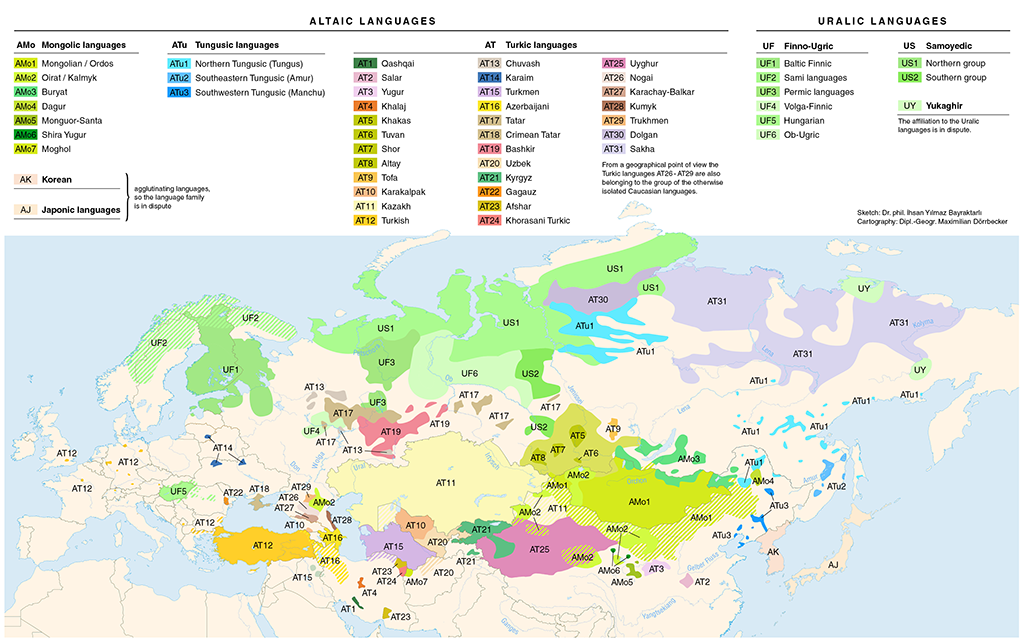Chapter One : Foundations of the Modern Middle East
Part 1. Languages
Writing, A Major Cultural Contribution of the Middle East
Writing, or the representation of meaning through symbols and images, is an artifact of great historical and cultural importance. The Middle East is the birthplace for many forms of written language, including several phonetic alphabets which provided the breakthrough of representing sound through visual media. Artifacts (see below) of various scripts show the diversity of the cultural influences and how they have evolved over time. In addition to writing systems now strongly associated with the Middle East, such as Arabic and Hebrew, scripts developed by Assyrians, Egyptians, Babylonians, Sumerians, and Ancient Greek systems, such as linear B, are included. These samples demonstrate the widespread geographic influence these civilizations have had, from North Africa, to West Asia, and to the Indian subcontinent.
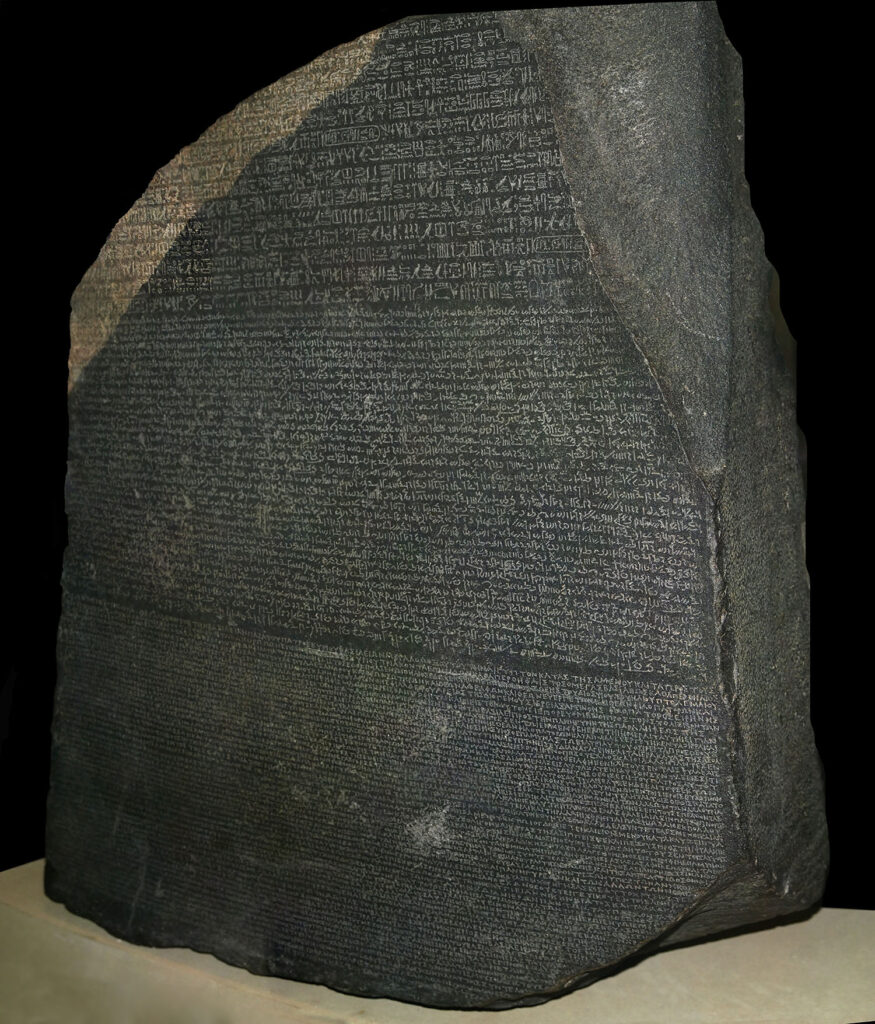
The samples below serve as introductions to linguistic history of the Middle East. These examples continue to have relevance today, whether continued as a form of spoken language, a liturgical language used in worship, or as a medium for conveying important cultural ideas. Arabic, Hebrew, and Greek have survived as living languages, still spoken by significant numbers of people. There are still people in Syria who speak Aramaic, also known as Syriac, as their native tongue. Ancient Egyptian continues through to the present day as the liturgical language used in the Coptic church. Arabic and Hebrew outlived the others, however, as the most actively used writing systems.
The primary living languages of the Middle East today are Arabic, Hebrew, Kurdish, Persian and Turkish. Pashto is another language spoken by a significant number in Afghanistan, while other Turkic languages closely related to Turkish, such as Turkmen, Uzbek, and others are important. Tajik and Dari are forms of Persian spoken in Afghanistan and Tajikistan. Arabic has a unique place amongst the writing systems due to its place in Islam, and Islam’s impact on the region. Many of these languages use, or have used Arabic script in the past, as their writing system. We therefore cover Arabic and its influence in sections, “Arabic’s Influence in the Region”, and “Islamic Expansion”.
Visual Aids for Chapter 1. Languages
Major Languages and Linguistic Groups: Semitic; Ural-Altaic; Indo-European.
Images: Early Forms of Writing Developed in the Region.
Timeline: Early Islamic Expansion (Under the First Four Caliphs).
Early Forms of Writing Developed in the Region
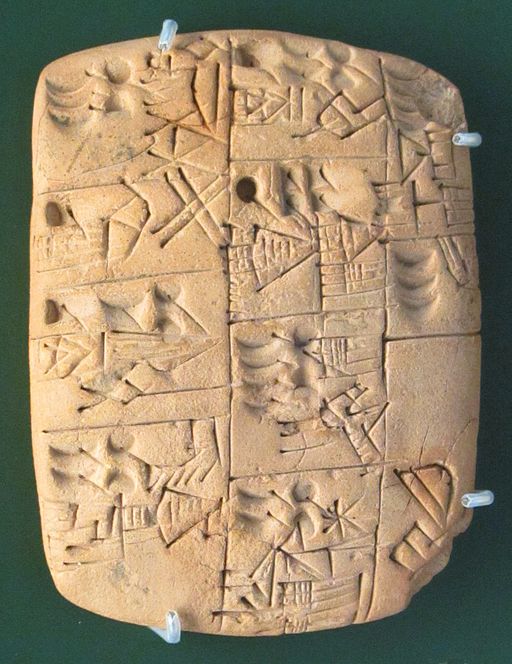
By BabelStone (Own work), from Wikimedia Commons, licensed under CC BY-SA 3.0
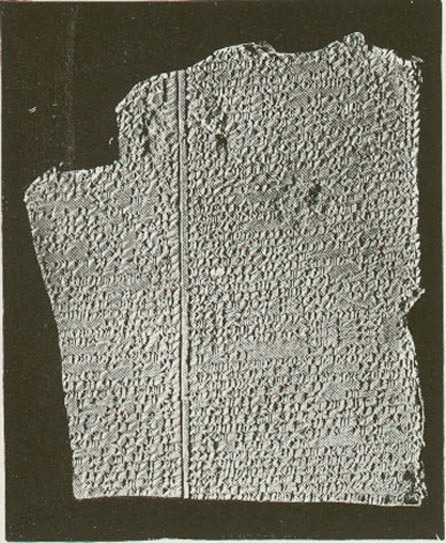
space holder space holder space holder space holder space holder space holder
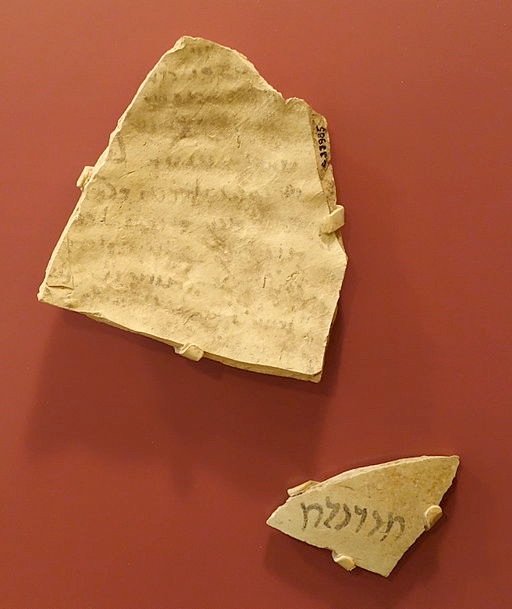
By Daderot (Own work), via Wikimedia Commons. C.C.0
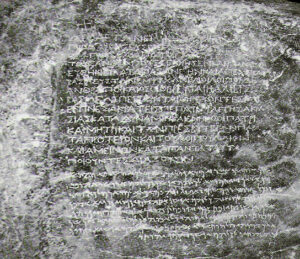
space holder 2 space holder 2 space holder 2 space holder 2 space holder 2 space holder 2 space holder 2 space holder 2 space holder 2 space holder 2 space holder 2 space holder 2 space holder 2 space holder 2 space holder 2 space holder 2 space holder 2 space holder 2 space holder 2 space holder 2 space holder 2 space holder 2 space holder 2 space holder 2 space holder 2 space holder 2 space holder 2 space holder 2 space holder 2 space holder 2 space holder 2 space holder 2 space holder 2
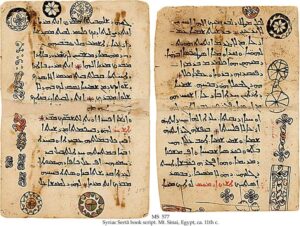
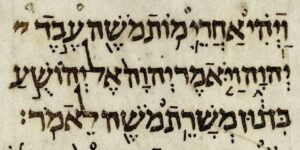
space holder 3 space holder 3 space holder 3 space holder 3 space holder 3 space holder 3 space holder 3 space holder 3 space holder 3 space holder 3 space holder 3 space holder 3 space holder 3 space holder 3 space holder 3 space holder 3 space holder 3 space holder 3 space holder 3 space holder 3 space holder 3 space holder 3 space holder 3 space holder 3 space holder 3 space holder 3 space holder 3 space holder 3
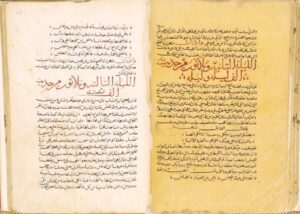
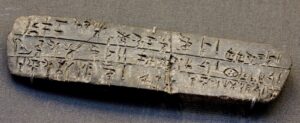
space holder 4 space holder 4 space holder 4 space holder 4 space holder 4 space holder 4 space holder 4 space holder 4 space holder 4 space holder 4 space holder 4 space holder 4 space holder 4 space holder 4 space holder 4 space holder 4 space holder 4 space holder 4 space holder 4 space holder 4 space holder 4 space holder 4 space holder 4 space holder 4 space holder 4 space holder 4 space holder 4 space holder 4 space holder 4
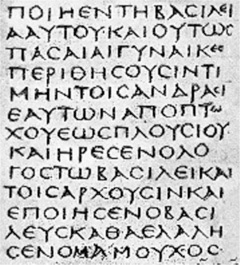

space holder 5 space holder 5 space holder 5 space holder 5 space holder 5 space holder 5 space holder 5 space holder 5 space holder 5 space holder 5 space holder 5 space holder 5 space holder 5 space holder 5 space holder 5 space holder 5 space holder 5 space holder 5 space holder 5 space holder 5 space holder 5 space holder 5 space holder 5
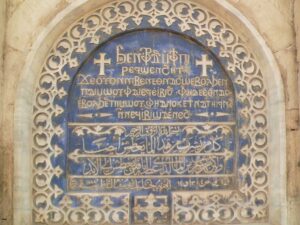
Coptic & Arabic inscriptions Old Cairo, Egypt, photo taken April 2005. The verses are John 4:13 and 14. By Disdero, C.C.0, via Wikimedia Commons.
